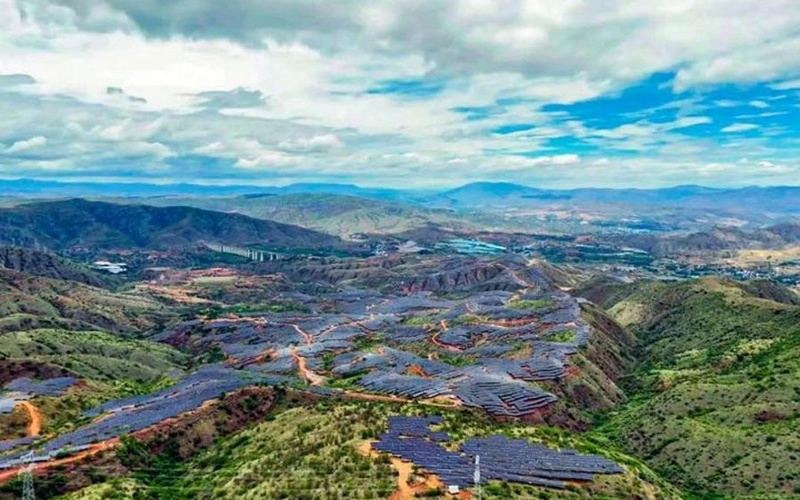November 2 NEC Energy News
¶ “Three Gorges Unveils 16.5-GW Renewable Energy Plan In China” • China’s state-owned Three Gorges Energy announced plans to invest in a massive integrated renewable energy base in the Taklamakan Desert, in the Xinjiang region. The investment for the whole project is projected to be equivalent to about $10.09 billion. [pv magazine International]

¶ “US Regulators Reject Amended Interconnect Agreement For Amazon Data Center” • FERC energy regulators have rejected an amended interconnection agreement for an Amazon data center connected directly to a nuclear power plant in Pennsylvania. The officials raised concerns about a loss of supply, and how it would affect power bills and reliability. [MSN]
¶ “Hundreds Are Dead In Spain’s Floods, And Scientists See A Connection To Climate Change” • It was one of the most deadly weather events in modern Spanish history. At least 205 people are dead, and dozens are missing after flood waters and mud swept through towns and cities. Scientists see a connection to human-caused global warming. [VPM]
¶ “Aptera Puts Its First Production-Intent Vehicle On The Road” • Aptera successfully drove its first production-intent vehicle, which will be used for real world validation and testing. It is a step paving the way for a fully tested, validated production EV ready for deliveries to the company’s nearly 50,000 pre-order reservation holders. [CleanTechnica]

¶ “Dominion Wraps Up First CVOW Installation Campaign” • Dominion Energy reported that 78 monopile foundations and four offshore substation foundations were installed for the Coastal Virginia Offshore Wind project during the first season of installation. At 2,600-MW, CVOW is the largest offshore wind project under construction in the US. [reNews]
¶ “Applications Now Open Nationwide For Community-Led Heat-Monitoring Campaigns” • As part of President Biden’s Investing in America initiative, the Center for Collaborative Heat Monitoring started up applications on November 1, 2024, enabling communities around the US to monitor and evaluate variables influencing local heat risk. [CleanTechnica]
For more news, please visit geoharvey – Daily News about Energy and Climate Change.
